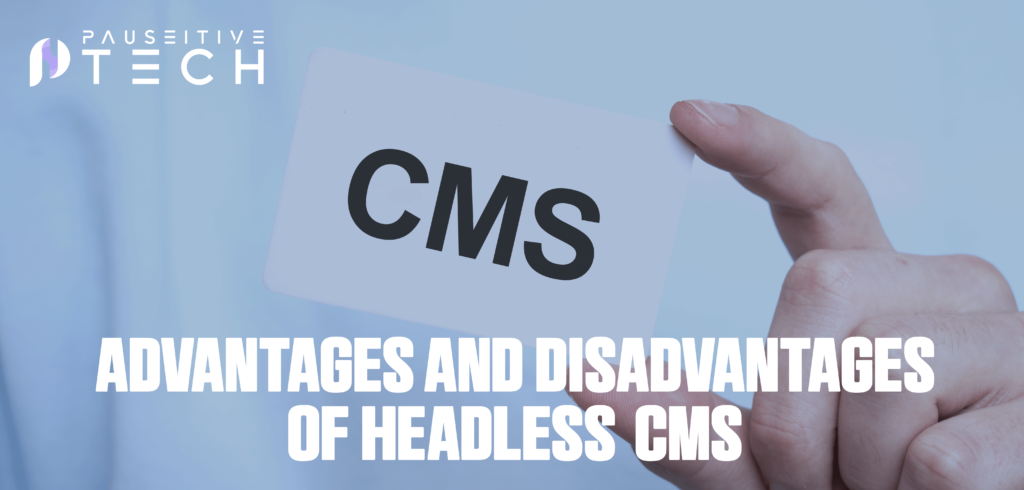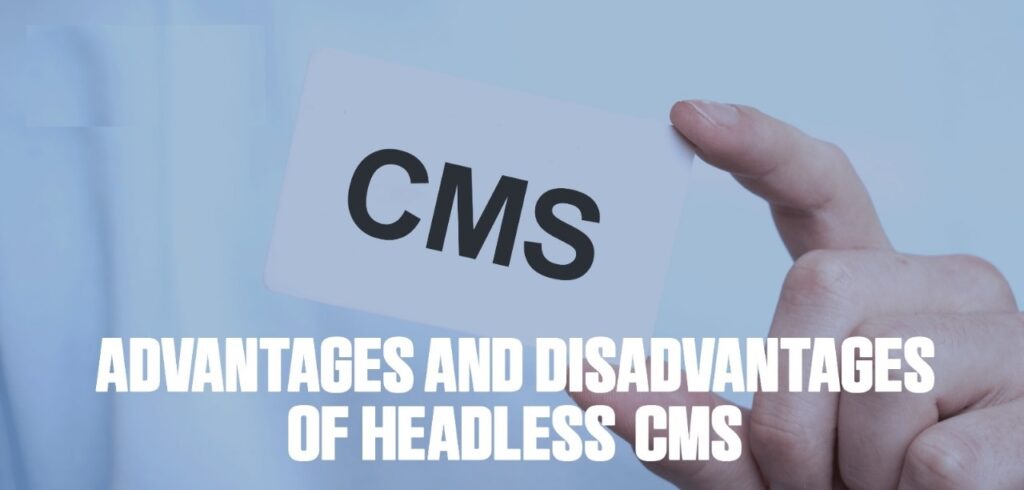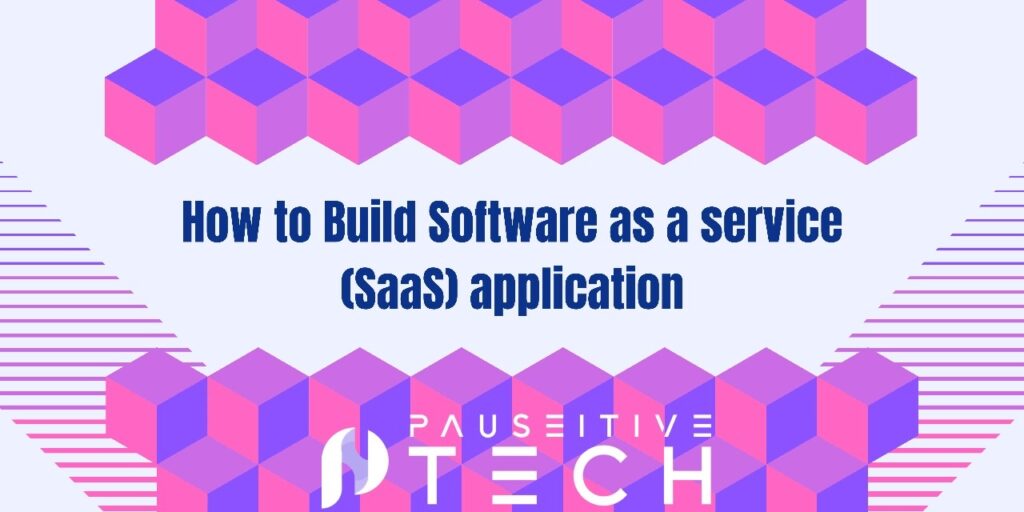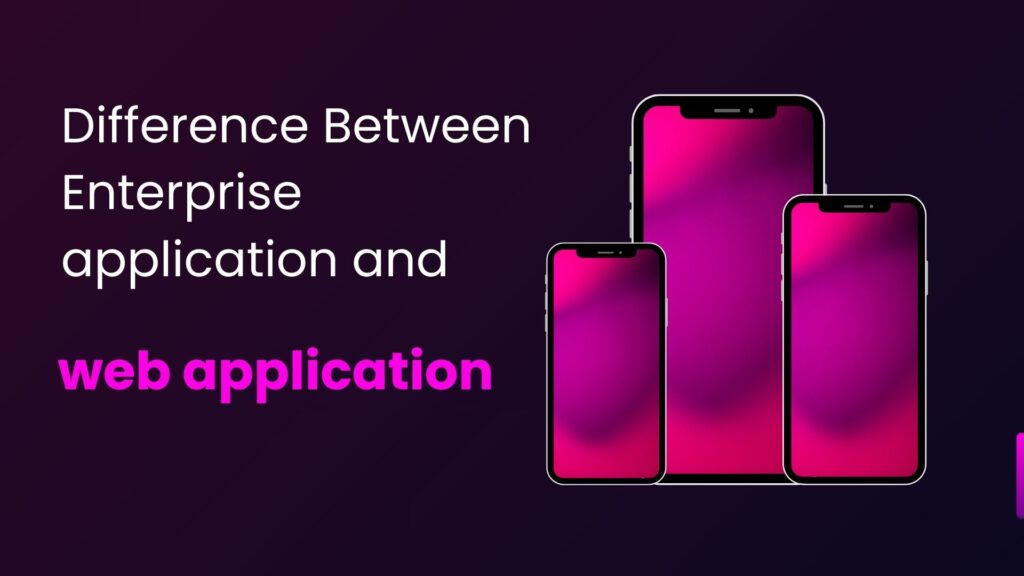The concept of headless CMS has emerged as a new tool for content management in the last few years as organizations seek new ways to develop and manage content for digital platforms. While the general content management system entails a highly integrated and synchronized front-end and back-end, headless CMS excludes the two tiers’ integration. This means that contents are kept well apart from how they are presented, which offers better working options for the developers when they wish to present as well as distribute their content.
Advantages and Disadvantages of Headless CMS
In this article, we will discuss the advantages and disadvantages of headless CMS for your website or application.

Advantages of Headless CMS
1. Flexibility and Scalability
It is scalable, and one of the things that make it highly flexible is that you can use it in any way that you see fit. Traditional CMS are front-end and back-end systems, which makes any changes to the side visible to the users quite complicated and lengthy. But in the case of a headless CMS, developers are much more flexible to decide and deliver content in the format that they want to. It also means relatively easy scalability as the content can be easily formatted for as many devices/platforms as needed.
2. Cost-Effective
Headless CMS is often cheaper than traditional CMS platforms, primarily when it belongs to the same software product family. As there is no need for a complex user interface, nor pre-built templates to develop the system, the costs of development will be considerably lower. Furthermore, headless CMS is affordable in that it frequently uses subscriptions as its primary price structure so that clients only pay for services they require.
3. Improved Performance
A headless CMS does not need to store and manage all the presentation-related aspects of a Content Management System, which in turn means that it can provide content very rapidly. This can prove to enhance the effectiveness of your website or your famous application hence enhancing the client’s experience.
4. Future-Proofing Your Content
Indeed the advancement in technology means that other devices or platforms that a user may use to get to your content also change. If you are looking for a way to future-proof your content, a headless CMS lets you achieve it through the decoupling of content. This in turn means that no matter how technology advances, the content that you post will remain fairly easy to migrate and share.
5. Omnichannel Delivery
Another important benefit of implementing headless CMS is the possibility of reaching different channels for content distribution with ease. Because the content is separated from the layout and design, it can be quickly republished across the spectrum of web (sites), mobile (applications), social media, and even smart devices (Internet of Things – IoT). This omnichannel capability of making content available on any platform the audience uses to consume it can improve brand exposure and interaction.
Disadvantages of Headless CMS
1. Technical Knowledge Required
Headless CMS platforms have more flexibility than traditional CMS platforms but they need more involvement in terms of managing and developing them than traditional CMS platforms. This can be rather difficult to implement for a small business or a team that doesn’t have any developers on board.
2. Lack of Built-In Features
Most of the conventional CMS solutions are packaged with out-of-the-box templates and even functionalities that allow non-technical persons to post their content. Such features may be missing in a headless CMS, and thus, the developer will have to build them to acquire the optimal experience.
3. Integration Challenges
One of the disadvantages of headless CMS is that integrating with other systems or tools can be slightly more complex since the front-end and back-end are combined. This might cause some form of incompatibility and thus a rise in the number of days taken to complete the project.
4. Steep Learning Curve
The headless CMS is relatively new for many businesses or teams, which can be a disadvantage as the starting knowledge may lack enough information. In other words, it is neutral mainly because approaching the platform, general management of the delivering content, and adjusting its focus requires time and effort.
5. Higher Initial Setup Costs
Although headless CMS is more efficient in the long run, the implementation costs may be much higher than in traditional systems. Thus, the necessity of having their systems developed and integrated makes it costlier, and might not be an option, especially for SMEs that lack financial might. Also, the costs associated with maintenance and updates of the system can create a long-term cost burden.
Conclusion
Headless CMS is a good solution for companies that want more freedom and a more scalable platform for their content management. Like every system, there are also advantages and disadvantages of Headless CMS system. But as with many things in life, it is not without its share of problems that should be considered before the change is made. Last but not least, whether to go for a headless CMS will be dictated by what exactly you want to achieve with your website or application. Thus, it is necessary to consider all the advantages and disadvantages of the given types of CMS to make the right choice and select the most suitable one for the project.





